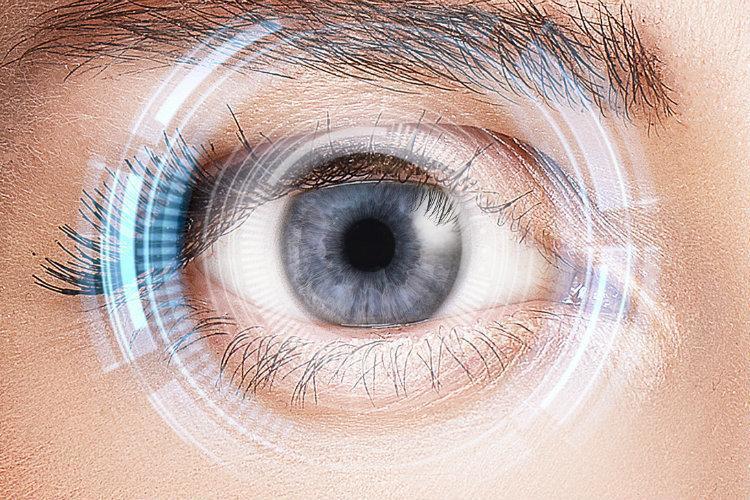Corneal disease affects a transparent layer that shields your eyes from bacteria and debris. This condition may develop when you become injured or an infection occurs. Genetic traits can also trigger it. The symptoms range from light sensitivity to severe pain. Like many diseases, this medical problem comes in numerous varieties. The best solution differs depending on the specific type of corneal disease.
Basic Treatment
Eye doctors frequently address mild symptoms by prescribing specialized eye drops. These products can benefit people with lattice dystrophy, Fuch’s dystrophy, keratitis and various other infections. Such eye drops usually contain antifungal or antibiotic substances. A physician may also recommend anti-inflammatory drops with steroids in them. Ointments and prescription medicines help treat some forms of the disease as well.
Contact Lenses
Ophthalmologists often prescribe special contact lenses for patients with keratoconus or corneal dystrophies. The most suitable type of lens varies depending on the severity of the disease. Soft and rigid lenses prove beneficial under different circumstances. Patients with early-stage keratoconus usually have the option to wear prescription eyeglasses instead. Transplantation or laser therapy may become necessary if the condition worsens.
Transplants
Doctors treat many forms of this disease by removing the cornea and replacing it. This treatment can help people with iridocorneal endothelia syndrome, keratoconus, lattice dystrophy and several other varieties. An ophthalmologist extracts the existing cornea with an instrument called a trephine. Next, he or she attaches the donated replacement with an extremely thin suture. Special eye drops expedite the healing process.
Crosslinking
An eye doctor may use corneal crosslinking to treat keratoconus. This relatively recent procedure employs ultraviolet rays. It delays the disease’s development by stabilizing corneal tissue. However, the treatment usually can’t help people who have reached the advanced stages of keratoconus. Researchers continue to experiment with new techniques that could make crosslinking beneficial for more patients.
Laser Therapy
It’s possible to treat many infections and dystrophies with a computer-controlled excimer laser. In some situations, an ophthalmologist can use phototherapeutic keratectomy as a substitute for transplantation. The laser destroys diseased or irregular tissue and allows the body to replace it. Patients often recover quickly and enjoy rapid improvements in their vision. Laser therapy works best when only the cornea’s surface layer needs repair.
Before any treatment can benefit the patient, a skilled eye doctor must accurately diagnose corneal disease and identify the specific condition. Please contact us to schedule an appointment if you suspect that you have this disease. We will carefully examine your eyes and take the time to discuss all relevant treatment options.
